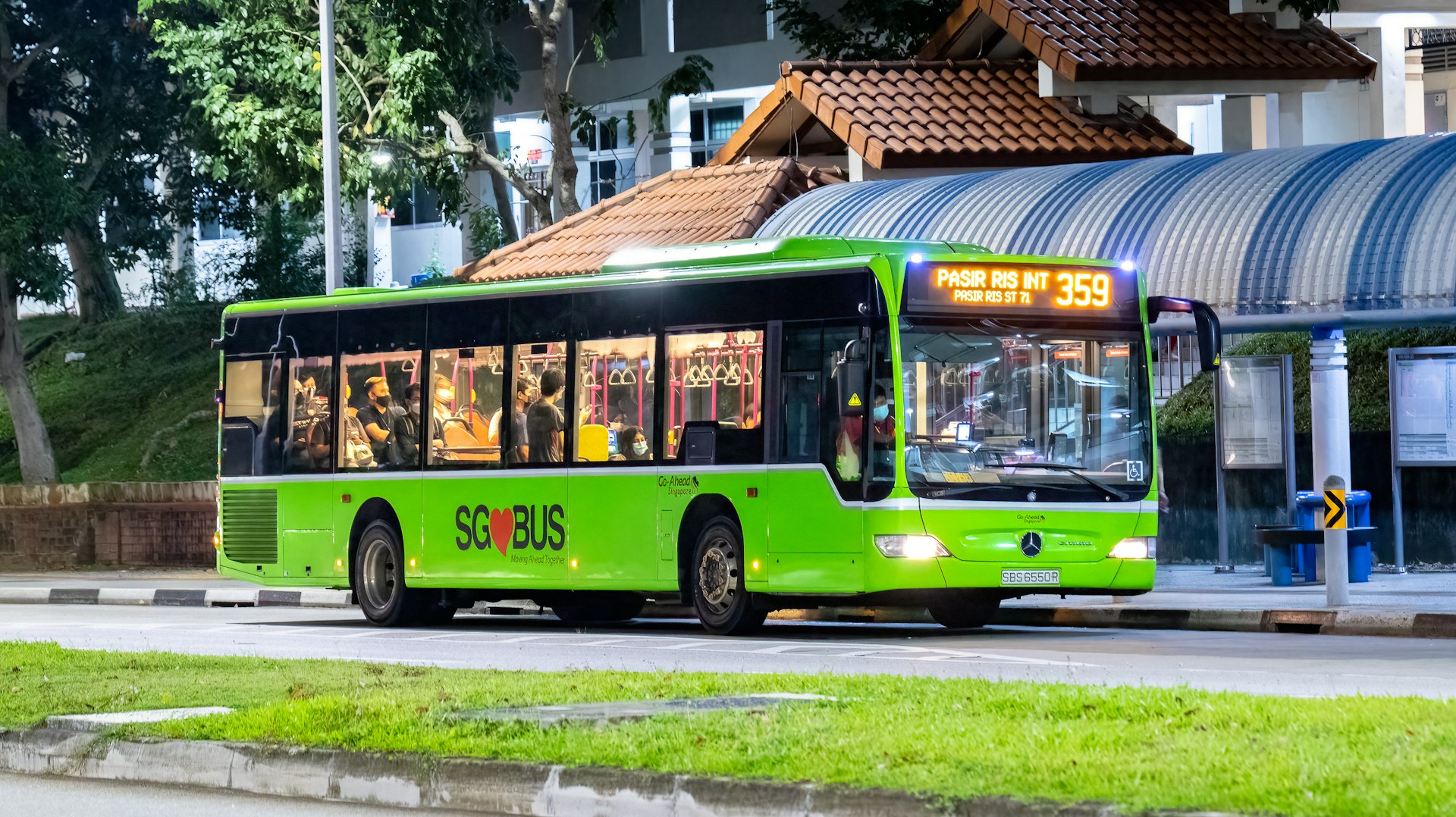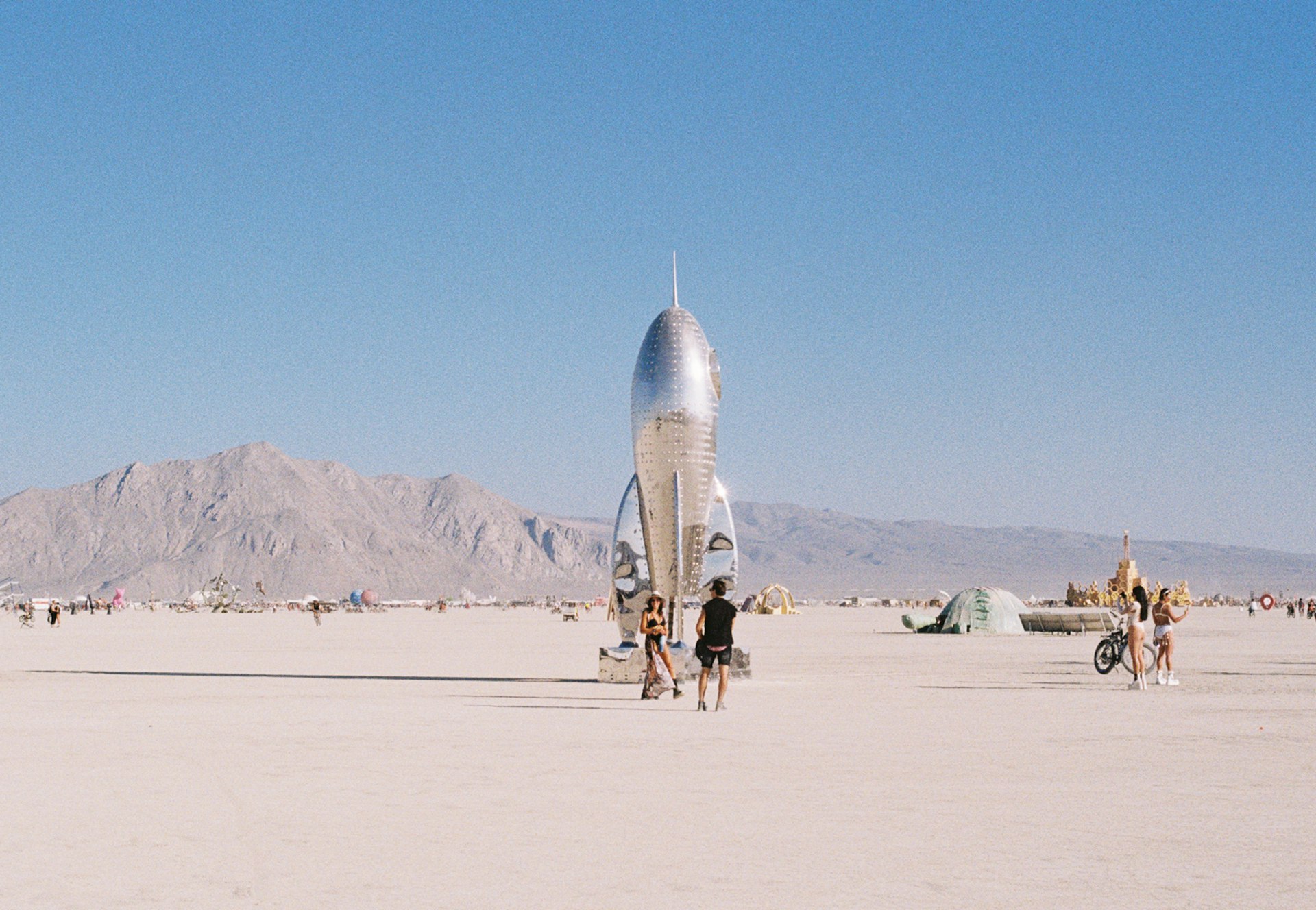Transformative Effects of the Fall of the Berlin Wall: Reunification, Opportunity, and Global Change

Photo by Tomas Val on Unsplash
Introduction
The collapse of the Berlin Wall on November 9, 1989, stands as a pivotal moment in modern history. It not only symbolized the end of decades-long division between East and West Germany but also catalyzed profound changes across Europe and the world. This article provides an in-depth exploration of the impact of the Wall’s fall, illustrating how it affected politics, society, and economies, and offering actionable guidance for understanding and engaging with its legacy.
Political Transformation and Reunification
The Berlin Wall’s fall was immediately recognized as the beginning of the end for the Cold War and the communist regime in East Germany. Mass protests and mounting pressure forced the East German government to open its borders, resulting in families reuniting after decades of separation. Within less than a year, on October 3, 1990, Germany was officially reunified, marking a major step toward the stabilization and democratization of Eastern Europe [1] [2] [4] .
The reunification process was complex, involving significant legislative and administrative reforms. East Germany adopted the West German currency and legal framework, effectively dissolving the old socialist state. This transition set a precedent that inspired similar movements in neighboring countries, accelerating the collapse of communist governments throughout Eastern Europe [3] .
How to Access Further Information: For those interested in the legal and political mechanisms of reunification, you can consult the German Federal Government’s official historical archives or search for “German reunification process” on reputable academic platforms.

Photo by Frank Eiffert on Unsplash
Societal Impact: Reconnection and Adjustment
The breakdown of the Berlin Wall changed the lives of millions overnight. East Germans gained the freedom to travel, work, and settle in the West, while families and communities divided for nearly three decades were suddenly reunited. However, this dramatic shift also presented significant challenges. West Germany’s social services, including healthcare and childcare, experienced strain as they absorbed a large influx of new citizens entitled to benefits under existing laws [1] .
Many East Germans, especially skilled professionals, migrated to the West, leading to a shortfall of workers in key sectors in the East. This migration complicated efforts to maintain infrastructure and social services, and East Germans faced the daunting task of integrating into a new socio-economic system [1] .
Practical Guidance: If you wish to learn more about social integration programs following reunification, search for “German social integration policies post-1990” on official social policy research sites. You may also contact local German cultural organizations or embassies for historical resources and personal accounts.
Economic Restructuring and Opportunity
Economically, East Germany faced significant restructuring. The transition from a centrally planned economy to a market-driven one required the privatization of state-owned businesses and the encouragement of foreign investment. By early 1990, partial state ownership and investment incentives were introduced, allowing foreign enterprises to hold substantial stakes in new ventures [1] [4] .
This shift created new opportunities for entrepreneurship, business development, and investment. East Germans were able to participate in free elections and access improved housing, although economic challenges persisted. Over time, the region saw growth in private enterprise, increased employment opportunities, and improved standards of living, albeit unevenly distributed.
Actionable Steps:
- For information on business opportunities that arose from reunification, search for “East German economic reforms 1990s” on government and economic research websites.
- If interested in investment or entrepreneurship in the region, consult the German Chamber of Commerce or official economic development agencies for guidance and statistics.
- To access historical data or case studies, use search terms like “Berlin Wall economic impact” on established academic databases.
Global Ripple Effects: Democracy and Diplomacy
The fall of the Berlin Wall had far-reaching global implications. It improved diplomatic relations between the Soviet Union and the United States, symbolizing a thaw in Cold War tensions. The event inspired popular movements for freedom and reform across Eastern Europe, notably in Czechoslovakia, Bulgaria, Romania, and Yugoslavia [3] .
Internationally, the Wall’s demise signaled the collapse of the Iron Curtain and the spread of democratic ideals. Countries previously under communist rule moved toward open societies, enabling greater cooperation, trade, and cultural exchange with Western nations [4] .
How to Engage: To explore the global diplomatic consequences, search for “Cold War diplomacy after 1989” or contact international relations organizations for reports and analysis. Many universities and think tanks offer online archives and public lectures on this subject.
Challenges and Solutions: Navigating Transition
The transition following the Wall’s fall was not without hardship. East Germans faced economic instability, unemployment, and difficulties adapting to new systems. West Germany grappled with the strain on infrastructure and social services. Policymakers responded by introducing integration programs, investment incentives, and educational campaigns to support adjustment [1] .
Despite initial difficulties, continued investment and public support helped smooth the transition. Today, Germany remains a unified, democratic nation, and efforts to address lingering disparities between east and west continue through targeted government programs and local initiatives.
Alternative Approaches: If you are interested in comparative studies, consider researching post-communist transitions in other countries such as Hungary, Poland, or the Czech Republic. Official government and academic resources frequently provide insights into alternative pathways and outcomes.
Preserving the Legacy: Education and Commemoration
Understanding the Berlin Wall’s legacy is essential for future generations. Educational institutions, museums, and public organizations offer resources for learning about its history and impact. Visiting historical sites, attending lectures, and accessing archives are valuable ways to engage with this history.
Step-by-Step Guide:
- Search for “Berlin Wall history” on museum and academic websites for verified educational material.
- Contact German cultural institutions for events and exhibitions commemorating the Wall’s fall.
- Use public archives and government platforms to access primary sources and historical records.
Key Takeaways
The fall of the Berlin Wall represents a turning point that reshaped not only Germany but the entire world. Its legacy endures through ongoing efforts in reconciliation, economic development, and international cooperation. By studying this event and its aftermath, individuals and organizations can gain practical insights into managing large-scale transitions and fostering freedom.
References
- [1] EBSCO History Research Starters (2024). Fall of the Berlin Wall – global implications, reunification, social and economic impact.
- [2] Imperial War Museums (2023). What Was The Berlin Wall And How Did It Fall?
- [3] American Foreign Service Association (2020). Berlin Wall Stories – regional and diplomatic effects.
- [4] Wikipedia (2024). Fall of the Berlin Wall – historical overview and consequences.



